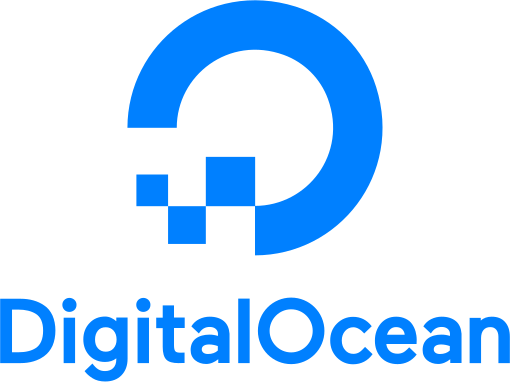Episode Summary
This week we chat about SOLID, a project involving web creator Tim Berners-Lee. The idea is to provide individuals in Britain with a secure portal on the web that can store critical health data and give the patient the ability to move or share it securely. It involves some cool approaches to encryption and that old dream, The Semantic Web.
A good talk on organisation and building teams. Surprised by the alignment in the worls of oil & gas operations!
Research is a baseball game not golf. If you get 30% return on some inventions the rewards can be 20,000% start whole new industries through innovation … but don’t focus on the cost of the research
Inventions: make something new
Innovations: bring something new to the market
Interview with Guido van Rossum
Quite funny
If arrogance in IT is measured in nano-Dijkstras, smugness and self-importance is presumably measured in pico-kays.
alankay1 on May 30, 2016 [-]
This quote keeps on showing up out of context. Edsger and I got along quite well. He loved to be the way he was and pushed it. His friend Bob Barton (the great genius of the B5000 design) was very similar in loving to push buttons and being very critical of the not-quite-a-field that we have. When the U of Utah faculty complained to Dave Evans about Barton, Evans said “We don’t care if they’re prima donnas as long as they can sing!” This was a general attitude back then. Dijkstra was much more funny than annoying for anyone who had any sense of self. The two biggest problems in our not-quite-a-field were those who listened to him too carefully and those who didn’t listen to him carefully enough. In any case, in the research and faculty worlds of the 60s – where the funding from ARPA was very very different than funding is today – consensus was not very important: really capable people explored without worrying so much about what others thought (this is hard to explain to people who’ve grown up in the intensely social and identity seeking world of the last 20 years or so). His comment about OOP (a rather different kind of thing at Xerox PARC than what the term means today) did not bother any of us at all – it was rather a compliment even (which was also not a big deal) for those of us who liked the way California worked in the 70s. His comments helped when they helped, and they mattered not at all when they didn’t.
kragen on May 31, 2016 [-]
I often conceptualize programming as a two-dimensional continuum, with Alan Kay on one dimension — flexibility, interactivity, composability, exploration — and Edsger Dijkstra on the other — correctness, efficiency, simplicity. We always need a certain amount of each virtue to make our systems: without enough EWD, we can’t get them to work at all, and without enough AK, what they do isn’t worthwhile.
Many design choices, of course, involve trading off one virtue against another. But that hardly seems to matter when so many of our current systems are so far from the efficient frontier where tradeoffs are necessary!
.
